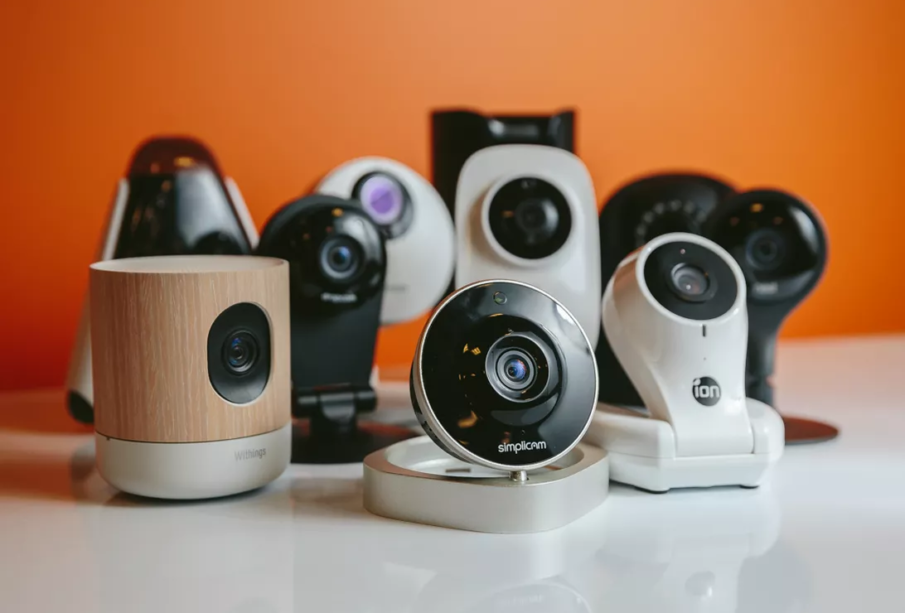Video surveillance 101: Top things to know about IP cameras

On-premise security is as relevant for businesses as cybersecurity. Gone are times when having a couple of CCTV analog cameras was more than enough. It is absolutely critical to go the ‘smart way’, for which IP cameras are a good choice. An IP camera, instead of sending the video input to the DVR, sends to a network. To get access to data and footage, the management just needs to login into the system. All IP cameras come with a backdoor password, which can be reset and that further enhances security of the system.
Why are IP cameras popular?
IP cameras are designed to offer better surveillance – period. Each unit can have many cameras, which means you can get away with those standard analog cameras, which have to be placed in closed proximity. Also, setting up IP cameras is a lot easier than most people think. Since there are not many cables required, the installation can be done easily, and you can get the setup done to get the kind of footage you want. Not to forget, IP cameras definitely have better resolution, so for investigation and supervision, the actual footage makes much more sense, and even extensive zooming will not dilute the quality of images.
The best IP cameras can be programed and have features like special sensors, and more importantly, these cameras are way safer and secure. Video is always encrypted, and transmission is done securely. Only those who have the access rights would be able to get access, and that’s a big step forward in premise security.
On the flip side
Probably the only downside of IP cameras is the initial setup, which can be about high upfront costs, and therefore, it is absolutely necessary to consider security over budget. There is also no denying that IP cameras make more sense for big companies and offices, because they have a lot more to monitor.
Investing in IP cameras
Keep in mind that not all IP cameras are equal, and the pricing is determined by the features. If you are investing for security, paying a tad more for a much-better and advanced system is never a bad idea. Ensure that you know the process of setting passwords, and for ensuring complete security of the system, make it a point to update firmware.
Do regular testing and scans to ensure that your surveillance system is not compromised and all vulnerabilities are checked for.















